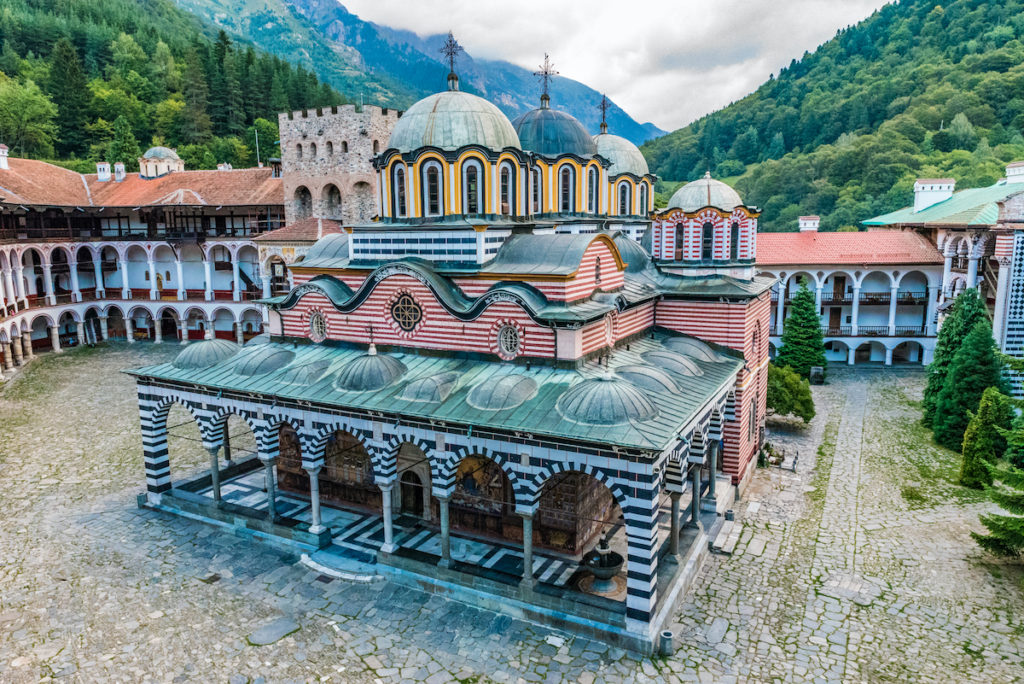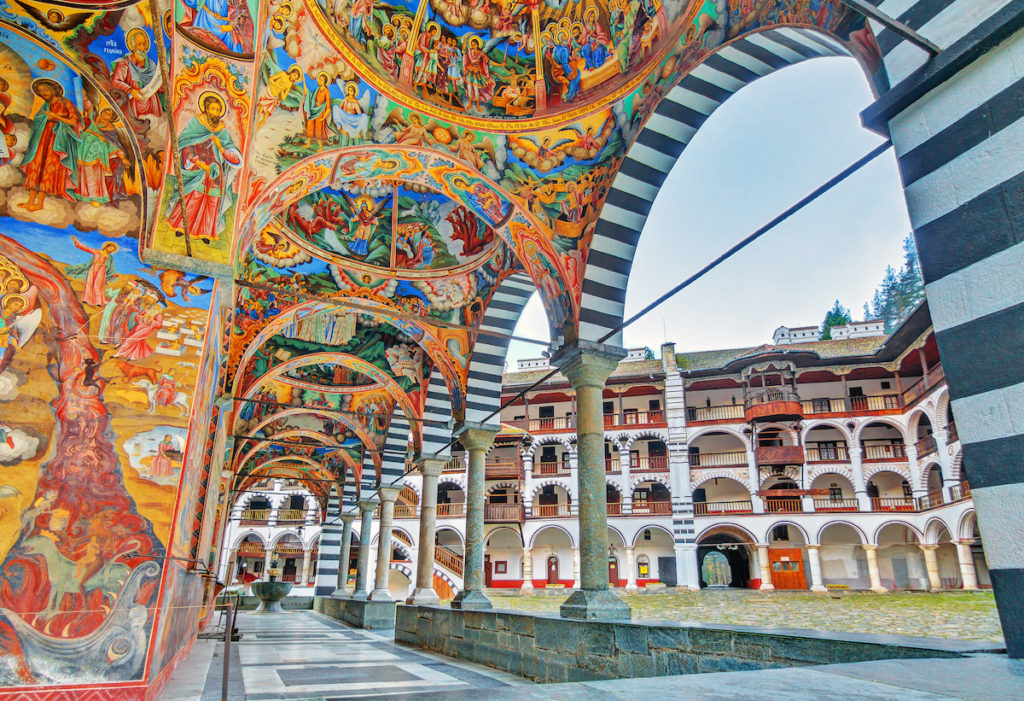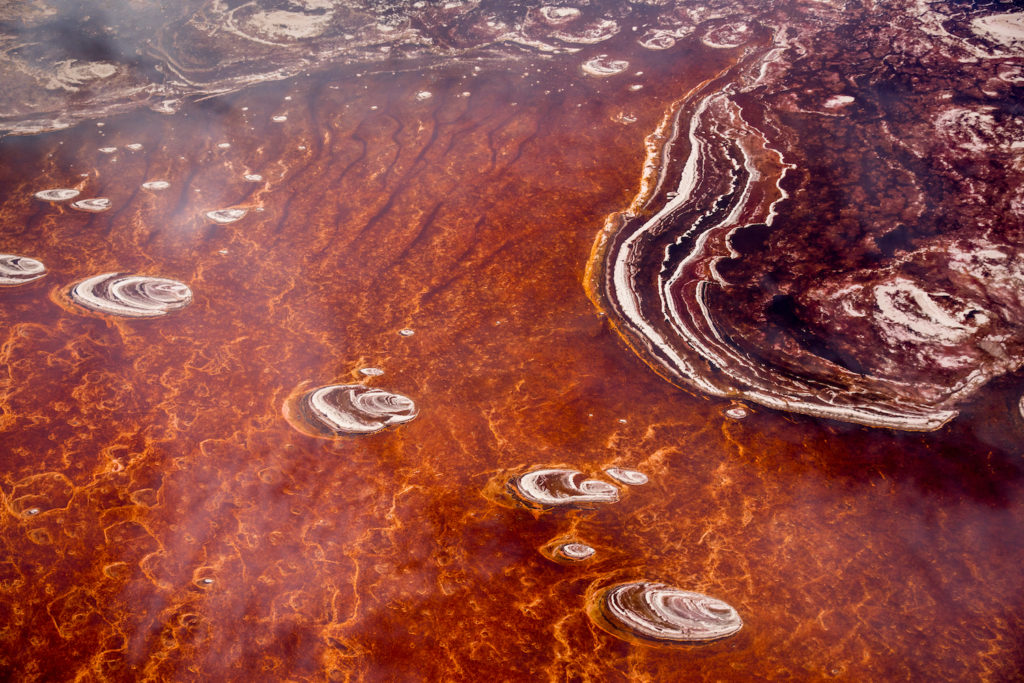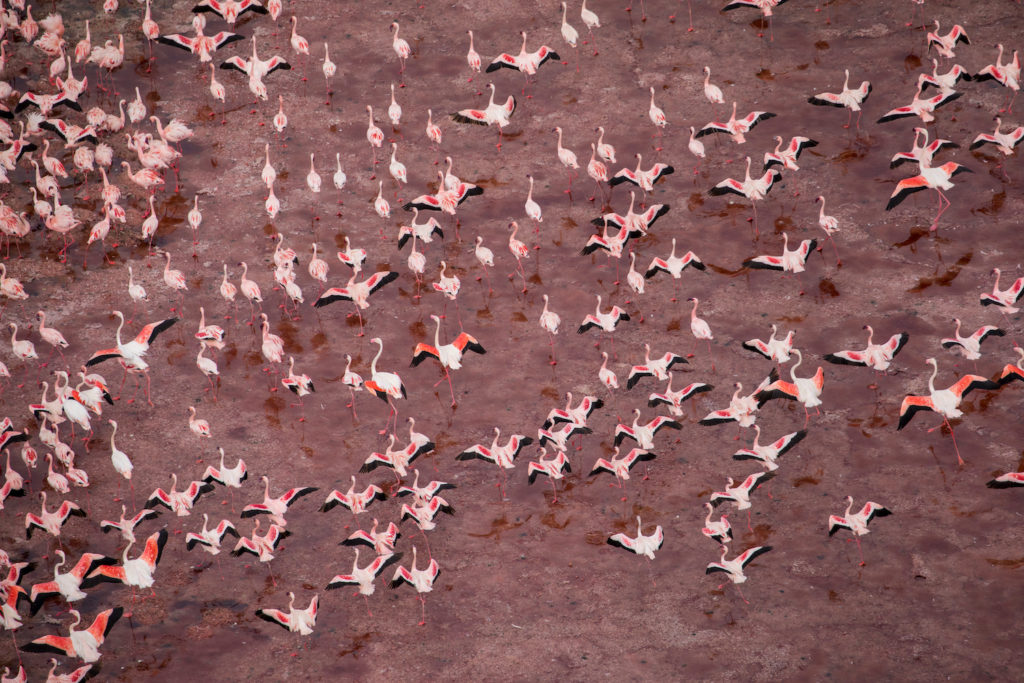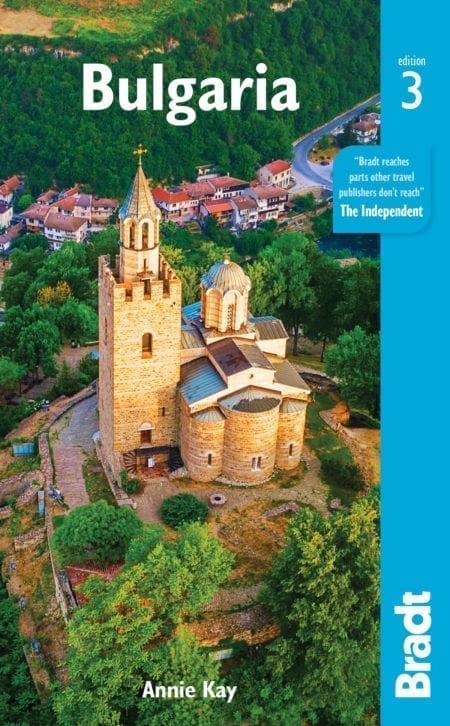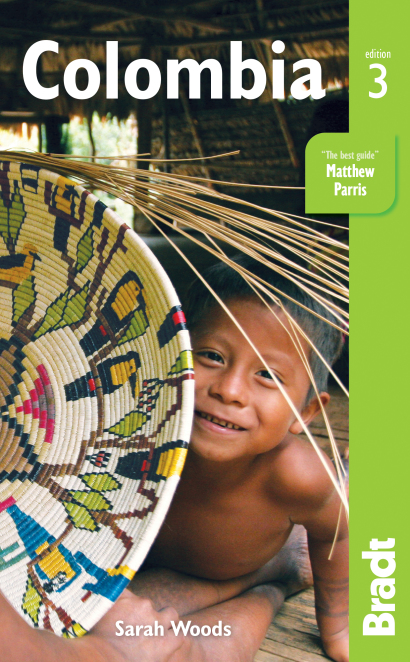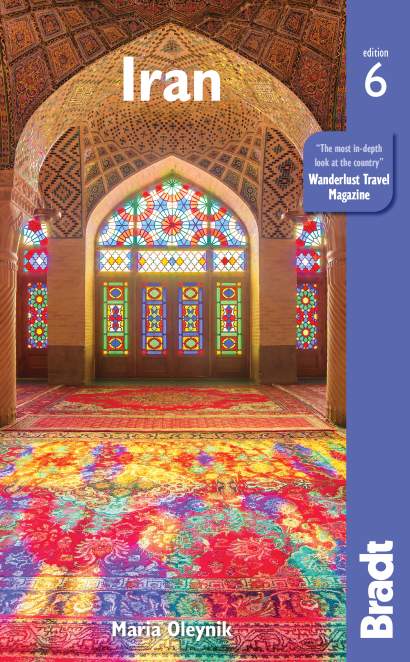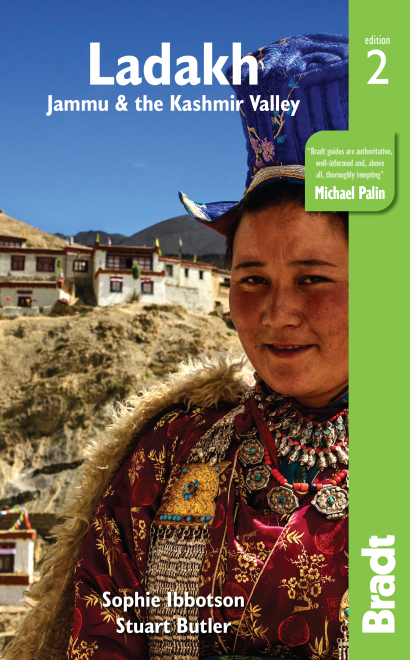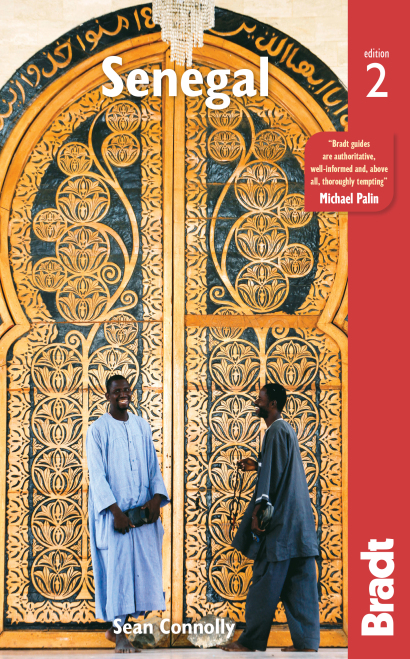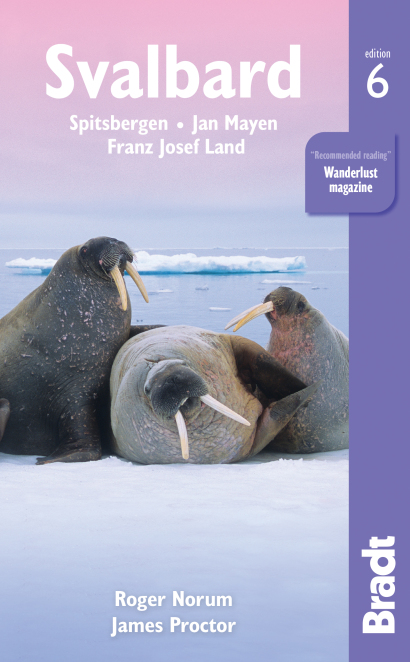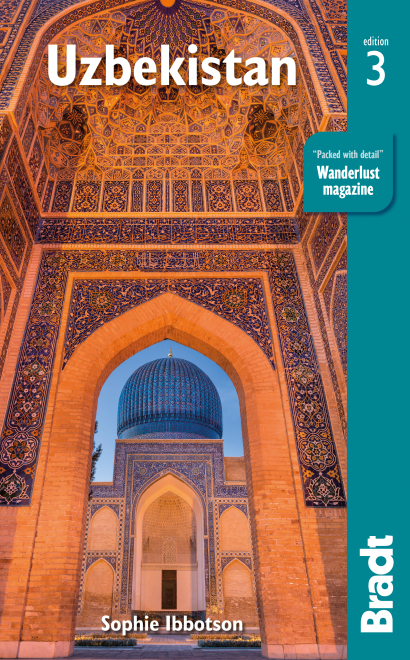A mountain in Peru. A mosque in Iran. A lake in Tanzania. A monastery in Bulgaria. What do they all have in common? You guessed it – colour.
Glorious, intense, vibrant hues that are guaranteed to put a smile on your face and make your bucket list just that little bit longer.
Rainbow Mountain, Peru
Since 2016 this previously seldom-visited area of Peru has become a must for budget travellers seeking surreal selfies. But, don’t let that put you off – the mountain truly is a wonder to behold. It features a trek along a high ridge-line (up to 5000m), accessed from the community of Chillca in the Cordillera Vilcanota.
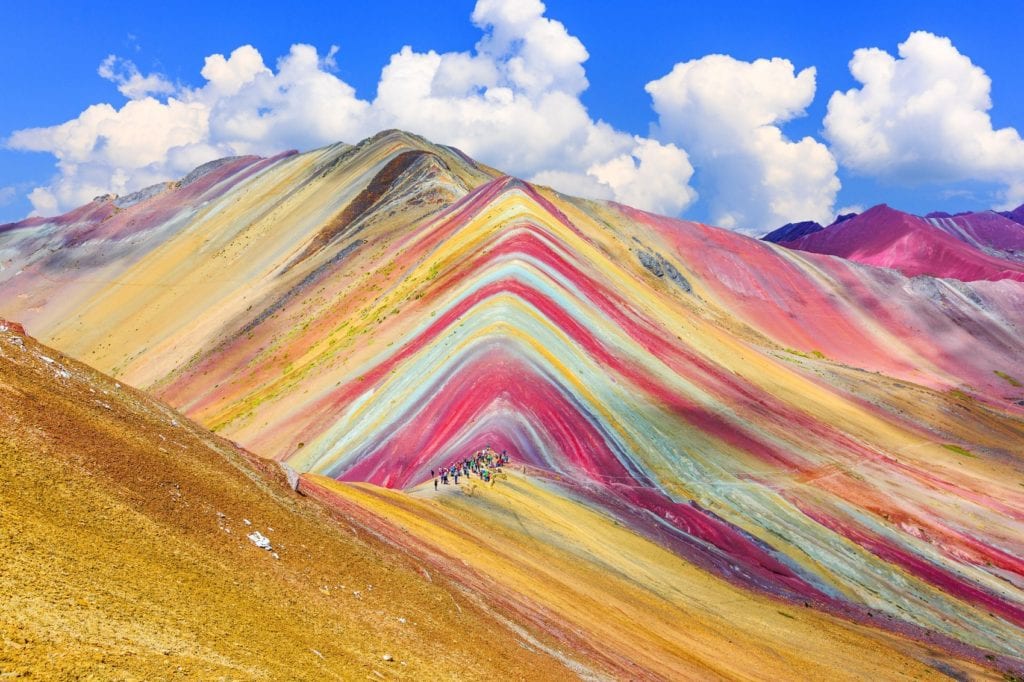
The ridge is traversed by colourful mineral bands and there are fine views of Ausangate in good weather. The trek is physically demanding; you should be acclimatised to altitude before undertaking it.
Masjed-e Nasir al-Molk, Iran
Located in the Iranian city of Shiraz, this is a truly charming mosque, which feels like a personal and secret discovery when chanced upon. It’s a two-ivan mosque built 1876–87 by Mohammad Hassan, with a covered arcade on the left (facing the sanctuary) and the winter mosque (shabestan-e gharbi), also known as the western prayer hall, on the right.
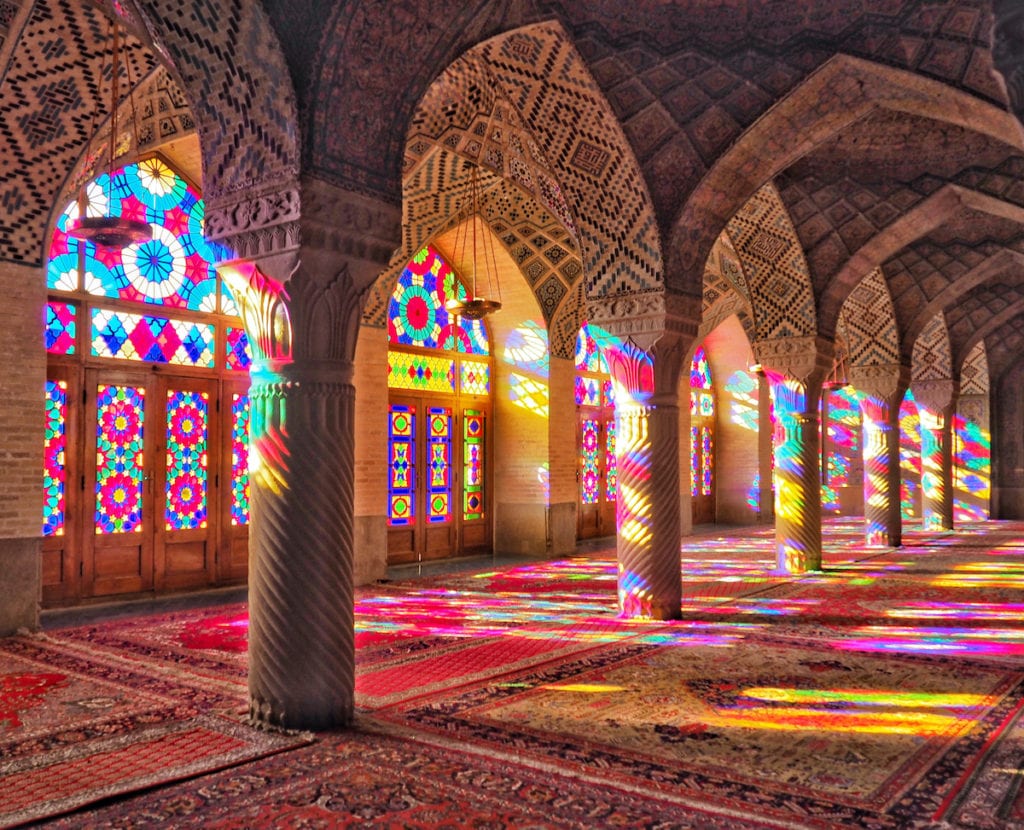
The entry vestibule is smothered in painted tiles of floral ornaments framing small pictures of landscapes clearly inspired by Russian sketches. The winter prayer hall is interesting as it has stone cable-spiral columns very similar to those of the Vakil Mosque, and most of the vividly coloured window glass dates from the 19th century. Early morning is the best time for photography.
Cinque Terre, Italy
The Cinque Terre, despite its fame, is actually quite a mellow place if you know where to go, and is absolutely stunning. It is made up of five little villages (Monterosso al Mare, Vernazza, Corniglia, Manarola and Riomaggiore) that sit like limpets on the cliffs. They have retained much of their original charm and the area was declared a UNESCO World Heritage Site in 1997.
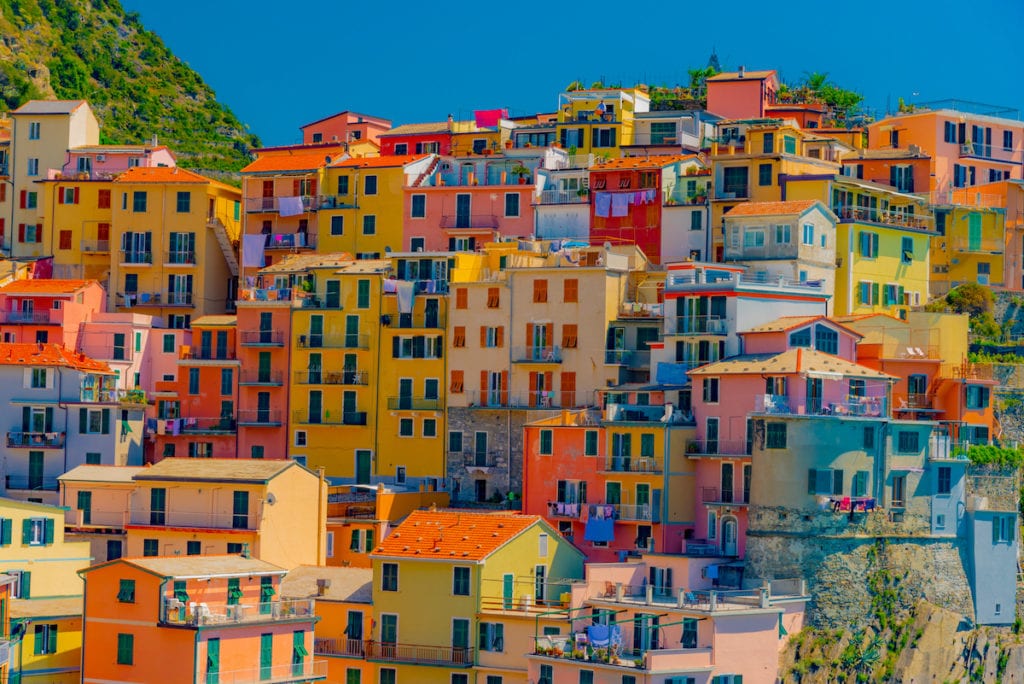
Although the villages can be very busy there is no mass tourism. This Ligurian landmark has been saved from the developers by three things: its geography, the locals’ resistance to outside intervention and its lack of beaches. To see the Cinque Terre properly, it is best to stay a night or two in order to catch a real feel for the place.
Rila Monastery, Bulgaria
Passing through the imposing gates of this Bulgarian monastery for the first time is a delight: the scene changes from grey severity to a carnival of colour. All round the courtyard are tiers of monks’ cells behind boldly decorated, arcaded balconies. The church itself, sitting proudly in the centre, is the focus of attention with its bold patterns and richly coloured frescoes.
© Takashi Images, Shutterstock © Dennis van de Water, Shutterstock
If you can arrive early, perhaps on a winter morning when a dusting of snow picks out the architectural features, then you may experience that feeling of awe at the immense walls and astonishment at the vibrant colours in the courtyard.
Harare, Zimbabwe
Zimbabwe’s capital is colourful both aesthetically and culturally.
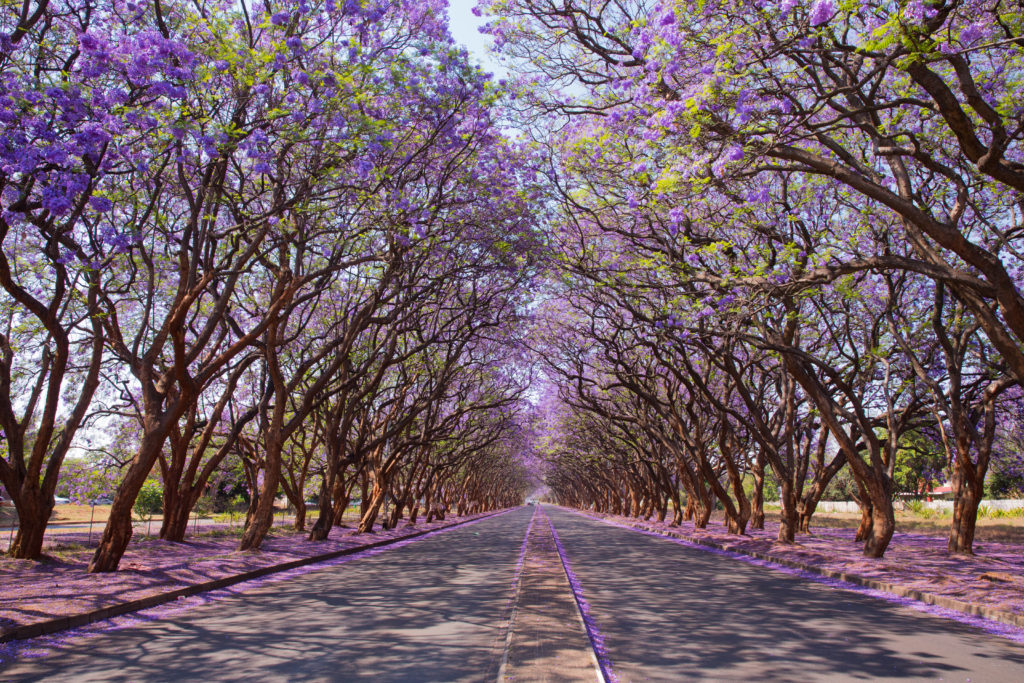
Its wide streets lined with blooming jacaranda and flamboyant trees are home to upmarket shops, craft markets and trendy art galleries.
Lac Rose, Senegal
Named after its striking pink hue, Lac Rose lies some 35km northeast of Senegal’s capital and, depending on the season and the light, the waters here range from a disorienting Pepto-Bismol sherbet pink during the dry season (November to June) to a murkier, less alien but still noticeably amaranth shade once the rains start to fall and dilute the waters. Backed by an incongruous cluster of sand dunes, the scene here can take on a truly sci-fi hue when the lake is in full bloom.
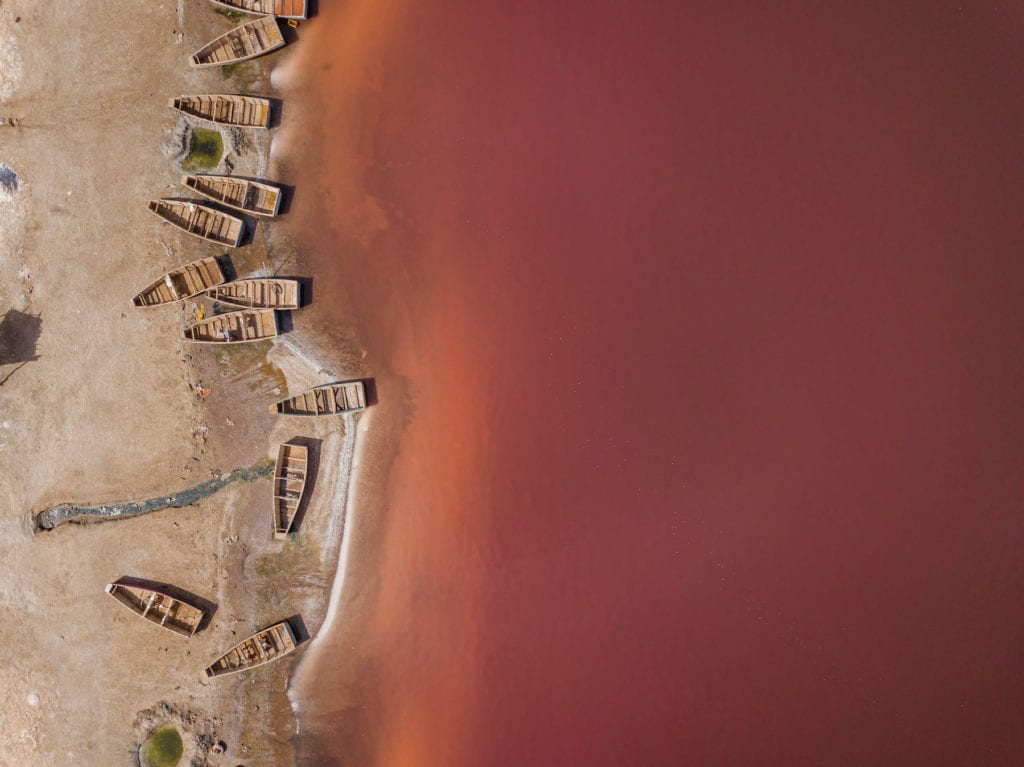
The explanation for the otherworldly fuchsia waves lies in the lake’s hypersalinity. With concentrations of up to 40% in parts, it’s in a league with Djibouti’s Lac Assal and the Dead Sea as one of the saltiest bodies of water anywhere on the planet, and you’re equally buoyant when trying to go for a swim.
Longyearbyen, Svalbard
Longyearbyen is Svalbard’s capital and the oldest existing settlement in the archipelago. Many visitors are surprised to find a normal town where they expected a pioneer city. This is no rough, tough ‘Man’s World’, but a place for families. There are two kindergartens, a school and a small church built in 1958 to replace its war-damaged predecessor.
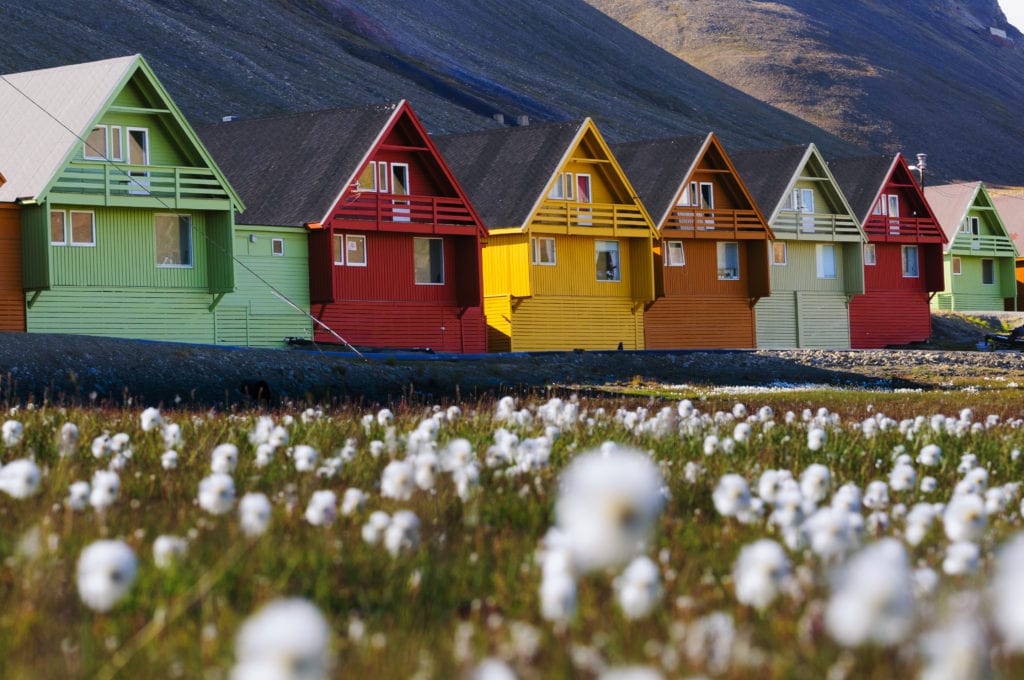
The colourful huts provide fresh relief from the bleak, barren landscape of the archipelago’s wilderness.
Shah-i Zinda, Uzbekistan
Though most travellers to Uzbekistan visit Samarkand for its poster child, the Registan, the real star of the show (for us, at least) is the line of blue-and-turquoise medieval tiled tombs known as the Shah-i Zinda (the Living King).
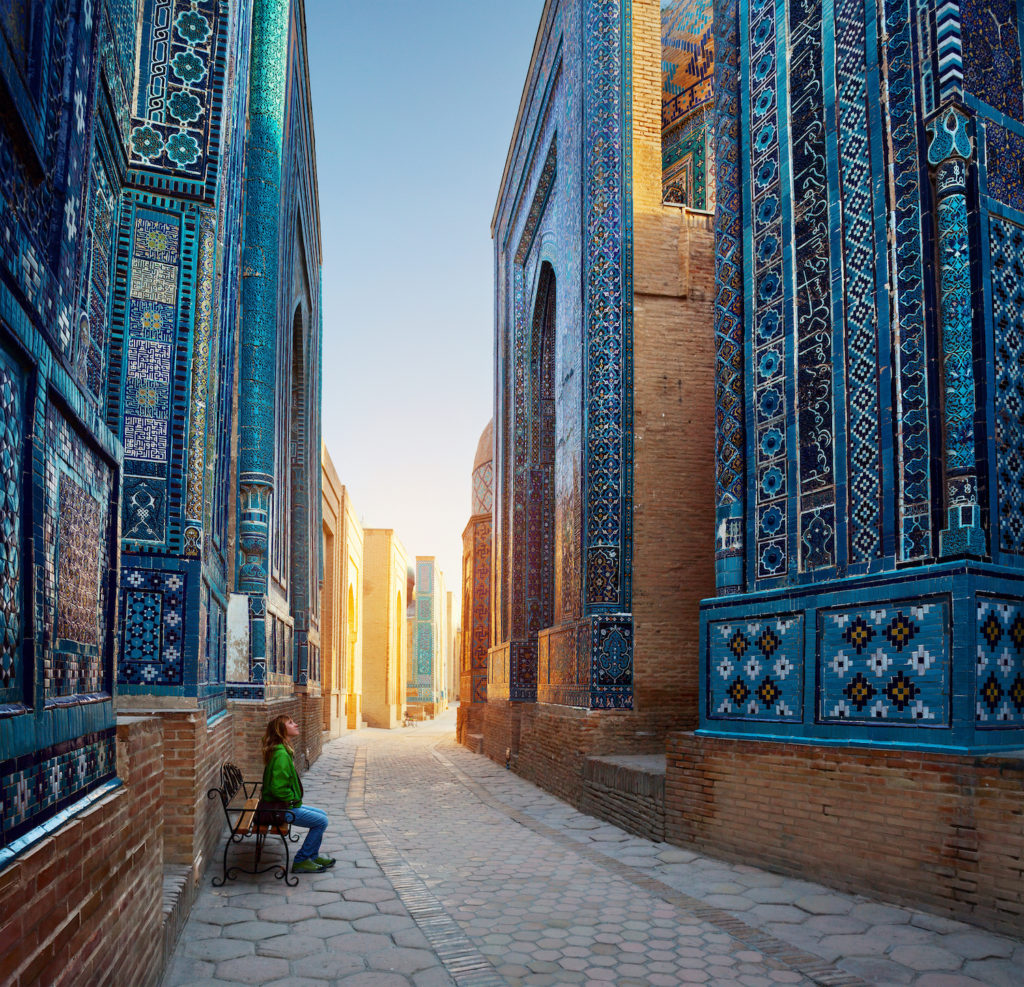
The best time to visit is undoubtedly in the early evening, and if you’re lucky you’ll have the place to yourself. You can expect to see every variety of turquoise- and lapis lazuli-coloured glazed tiles attached to the façades of the tombs of female members of the Timurid dynasty, as well as generals, advisors and holy figures.
Tulip Garden, Kashmir Valley
Srinagar’s Tulip Garden built in memory of assassinated prime minister Indira Gandhi, is a riot of colour in the springtime.
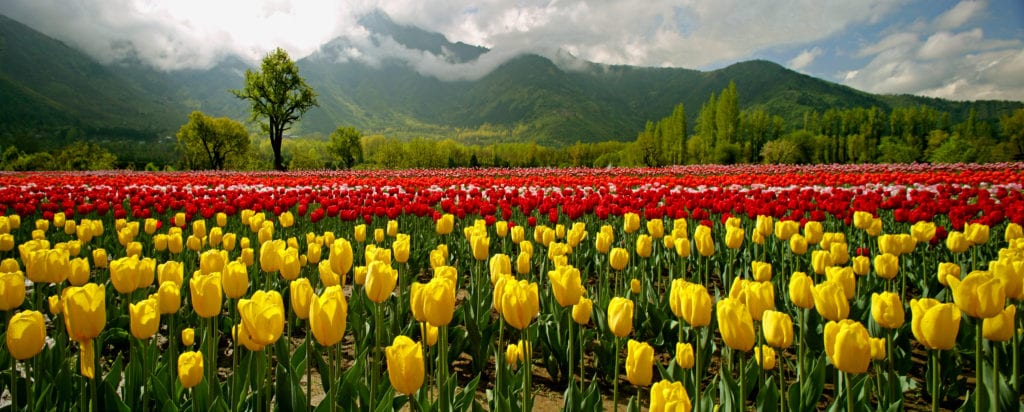
Different coloured tulips are carefully planted in stripes across the hillside to maximise their visual impact. The blooms don’t last very long, however, so it’s best to get there while you can.
Sighişoara, Transylvania
Sighişoara is the archetypal Transylvanian town, just how we imagine it. The 12th-century Saxon citadel town does not disappoint and everything looks like a Dracula film set, from the dusty lower town to the steep climb up to the citadel itself, adorned by a fairytale clock tower.
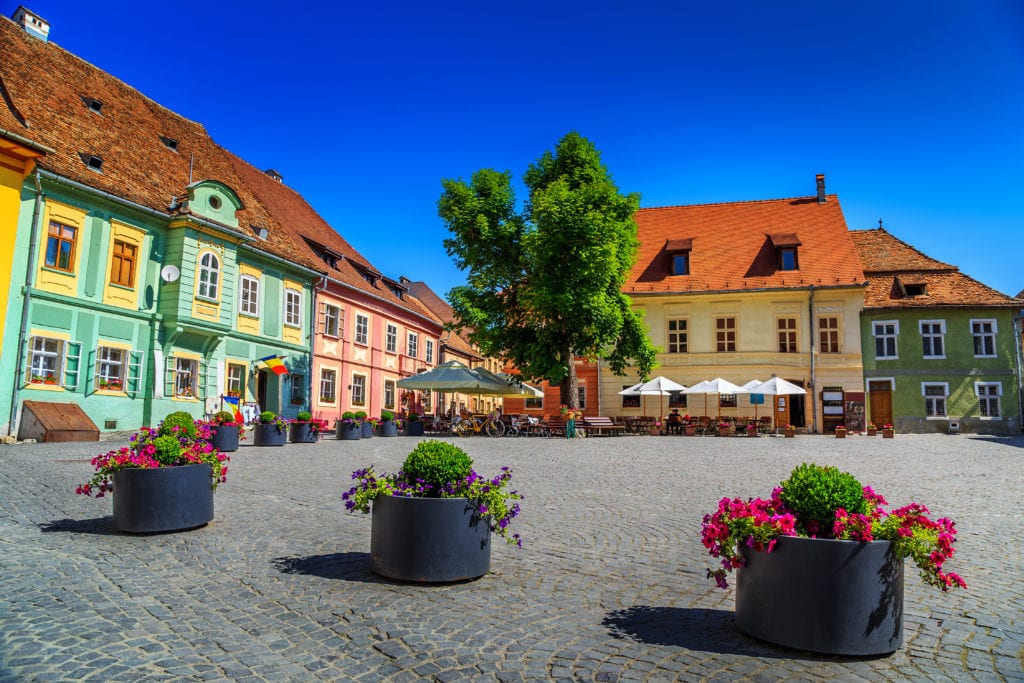
The historic centre of the town is a UNESCO World Heritage Site and a miss-at-your-peril item on the Transylvanian tour agenda.
Seven Coloured Earths, Mauritius
On a private estate just south of Chamarel village are the Seven Coloured Earths of Chamarel, which have formed via the decomposition of volcanic rock into clay. The colours are predominantly red, brown, yellow and purple, with some violet, green and blue, and are best seen with the sun on them.
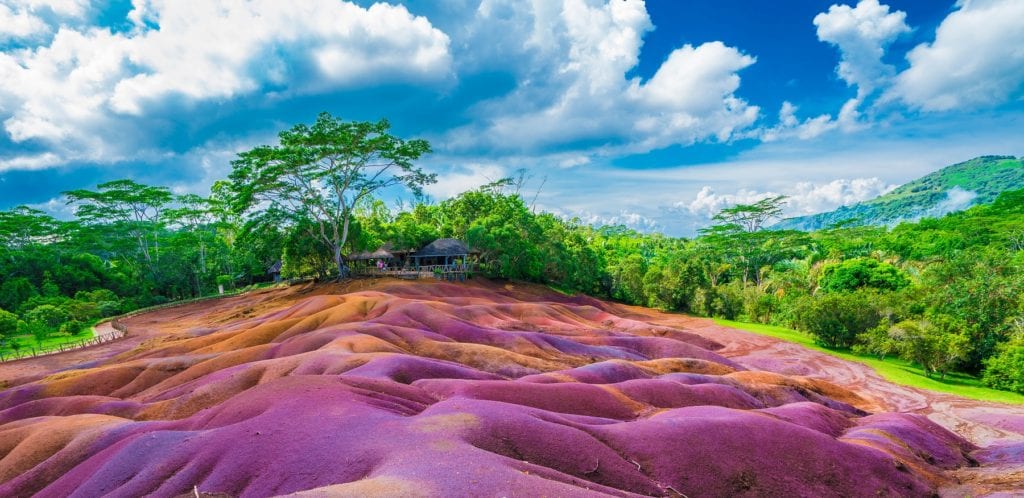
Since the 1960s a great deal of fuss has been made about the Seven Coloured Earths and for many years, when Mauritius didn’t have as many tourist attractions as it does now, it was considered one of the top excursions.
Guatapé, Colombia
Walking around this village at times feels as though you are in a living museum. Brightly coloured, decorative houses with hanging baskets line the narrow streets and the beautiful zólcalos (the sculpted, painted designs of the lower parts of the walls) are in essence public works of art.
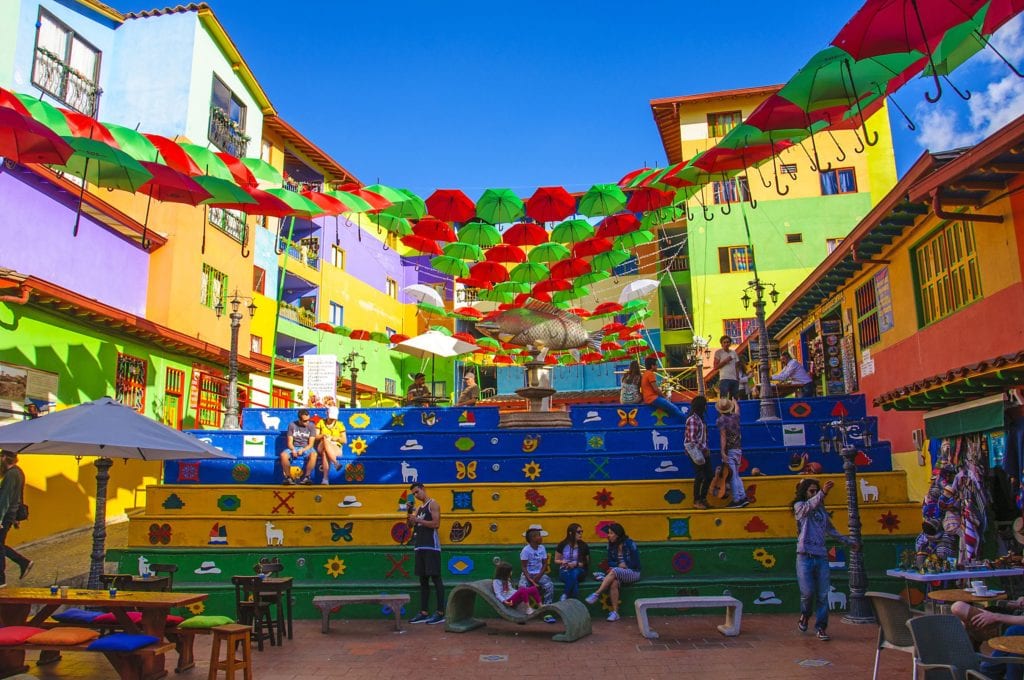
Each house proudly displays its own unique motif depicting the stories and culture of the region. Many of them were repainted as part of Colombia’s bicentennial celebrations in 2010, so remain relatively fresh; you will stand in wonder at the charm of the detail.
Nova Scotia, Canada
Trees cover close to 80% of Nova Scotia, but aren’t just evergreen conifers, something that becomes even more apparent if you visit in the autumn.
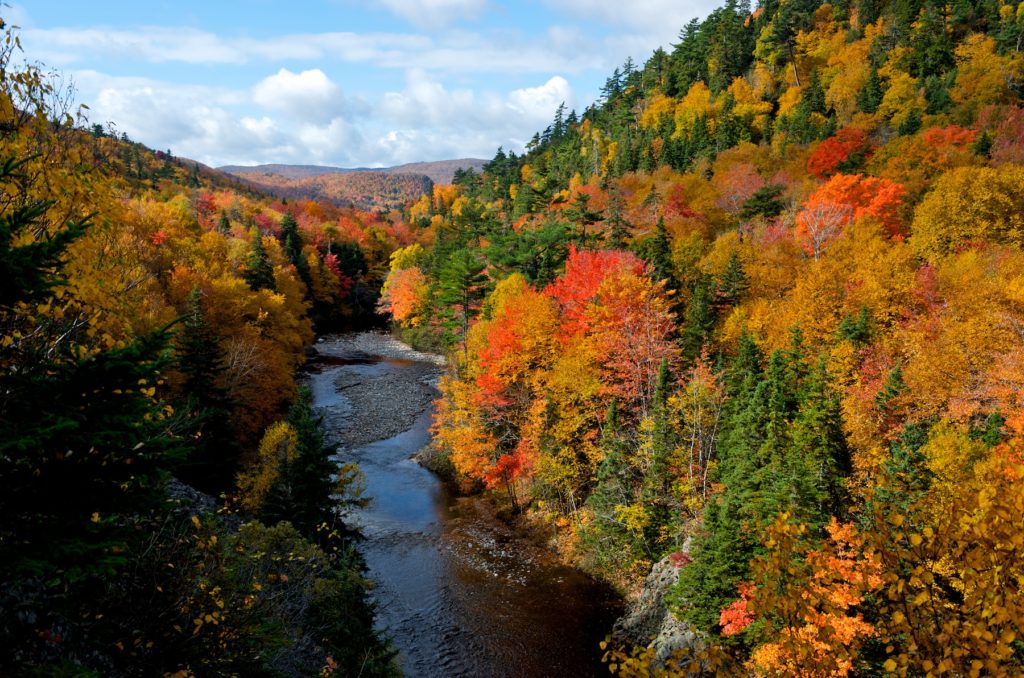
At this time, hardwoods such as maple, birch, oak, aspen and mountain ash burst into an explosion of brilliant colour.
Lake Natron, Tanzania
The most northerly landmark in the Tanzanian Rift Valley, this shallow sliver of exceptionally alkaline water extends southward from the Kenyan border near Mount Shompole for 58km. Thought to be about 1.5 million years old, Lake Natron’s hyper- salinity makes it incapable of sustaining any but the most specialised life forms.
© Danita Delimont, Shutterstock © Danita Delimont, Shutterstock
The microbiology of the lake is dominated by halophytic (salt-loving) organisms such as spirulina, a form of blue- green algae whose red pigments make the salt-encrusted flats in the centre of the lake look bright red when seen from the air. Natron is also the only known breeding ground for East Africa’s 2.5 million lesser flamingos, which usually congregate there between August and October, feeding on the abundant algae (whose pigments are responsible for the birds’ trademark pink hue).
More information
Eager to learn more about the world’s most colourful places? Take a look at our guides:
